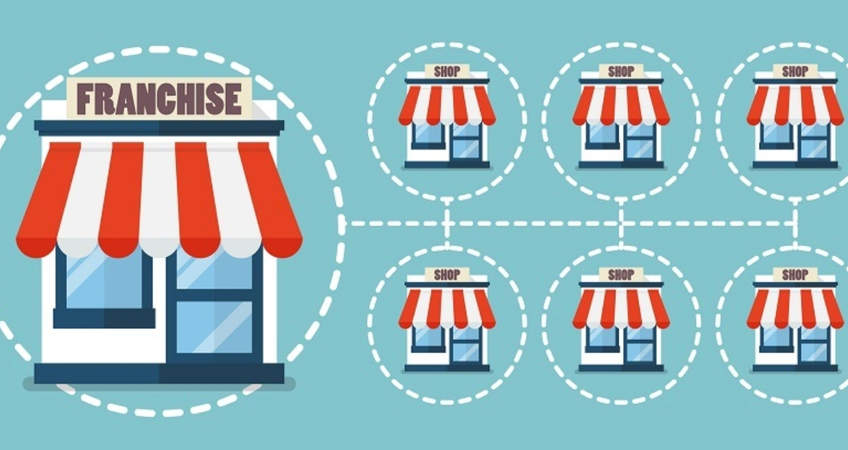
Why is the "Customer Experience Design" process important for Franchise business models?
The franchise business model needs to work harder and smarter to succeed because of the way the business is structured.
In a franchise system, the head office entity is in charge of the online channel and needs to create intuitive and relevant online experiences to audiences they do not regularly engage with. The issue is, they are two steps removed.
- They do not usually engage directly with consumers day in day out (step 1), and
- Their physical retail network is independently owned (step 2)
Selling to consumers you don’t understand simply does not work. Imagine trying to sell to someone where you don’t understand his/her needs, wants, pain points, and motivations. It simply does not work.
This issue is exacerbated due to online being an impersonal medium where success comes in the deep understanding of an audience.
Global research proves, retailers who are winning are those who have great connectivity to their customers and great ‘listeners’: they take feedback and turn it into action. The customer experience design process drives an organization's “listening” skills to both existing customers and new target audiences.
It is a research-driven process that defines how the consumer wants to engage with a brand and breaks down specifically what the digital channel must look and behave like in order to meet this expectation.
If done right, this enhanced "listening" turns the physical retail function into competitive advantage because the foundation for success comes in the cohesion of digital and physical retail channels.
Some recently published statistics to prove the size of the opportunity when physical and digital work together…
- ‘Near me’ mobile searches that contain a variant of ‘can I buy’ or ‘to buy’ have grown over 500% in the past two years, and we’ve seen a 900% growth in mobile search for ‘___near me today/tonight’. – source Google
- 76%t of people who searched for something nearby on their smartphone visited a business within a day, and 28% of those searches resulted in a purchase. – source Google
- 88% of shoppers regularly browse products online before purchasing them in a store. – source Adweek
This serves as both risk and opportunity for the franchise model and as a result, to fully leverage this opportunity requires five core business characteristics to come together…
#1. Head Office Support:
Franchise Head Office fully supports the need to deliver amazing end-to-end experiences.
Franchise owners rely on head office to define the future. In order to articulate the future, head office must first truly believe it to be the only way forward.
#2. Franchise network willingness to change:
The threats to a franchise model are those organizations that own all the physical locations and can apply change more rapidly. This risk makes the franchise model vulnerable if Franchise Owners are not aligned to a single vision and cannot work holistically together.
#3. The Customer Experience Design process dictates the future:
The Customer Experience Design process defines the future retailer experience needs to look like from the customer’s perspective, and by doing so, identifies the changes the retail business needs to make to meet that expectation.
#4. eCommerce Platform – the ‘experience enabler’:
Selecting the right eCommerce platform that can enable the customer experience design plan.
Not all eCommerce technologies are created equal which is why retailers need to know what experiences they want to deliver before selecting the technology.
#5. Partnering with eCommerce Vendors who can follow the plan:
Digital/eCommerce vendors who can support and enable the plan. Like technology, not all eCommerce vendors are created equal. Vendors need to know how to configure and structure the technology in line with the experiences the retailer wants to deliver.
Vendors need to be equipped to accommodate iterative development projects so technical enhancements can occur in bite-sized chunks over time. This allows the retailer to use data to drive future decision making and ensure future investments align to customer needs (refer back to "Listening" above).
Conclusion:
This approach to bringing the Franchise model closer to the consumer market is the foundation. This "customer proximity", can help Franchise businesses overcome the weakness inherent in this model. In today's business climate, because business-wide growth stems from the eCommerce channel, the "Traditional Franchise Model" is deemed outdated and is in high risk of becoming extinct.
This article was as tagged as Data Driven Decision Making , Digital Strategy , eCommerce Consulting , UX Design